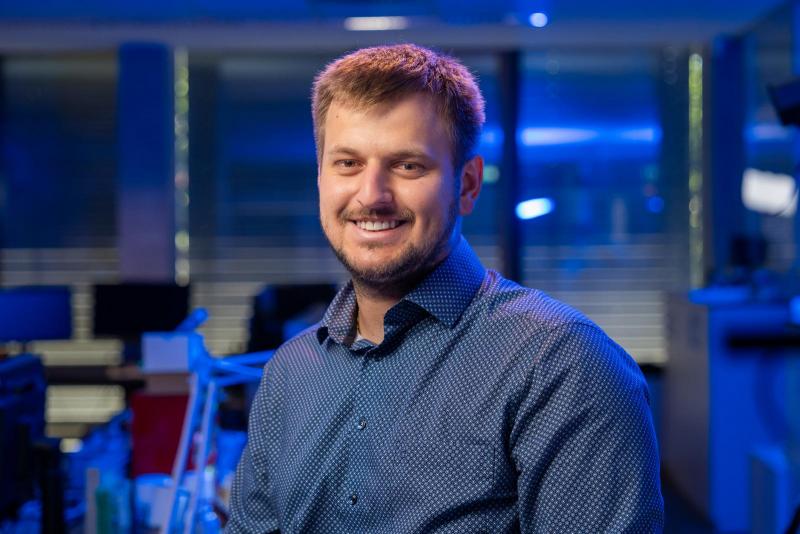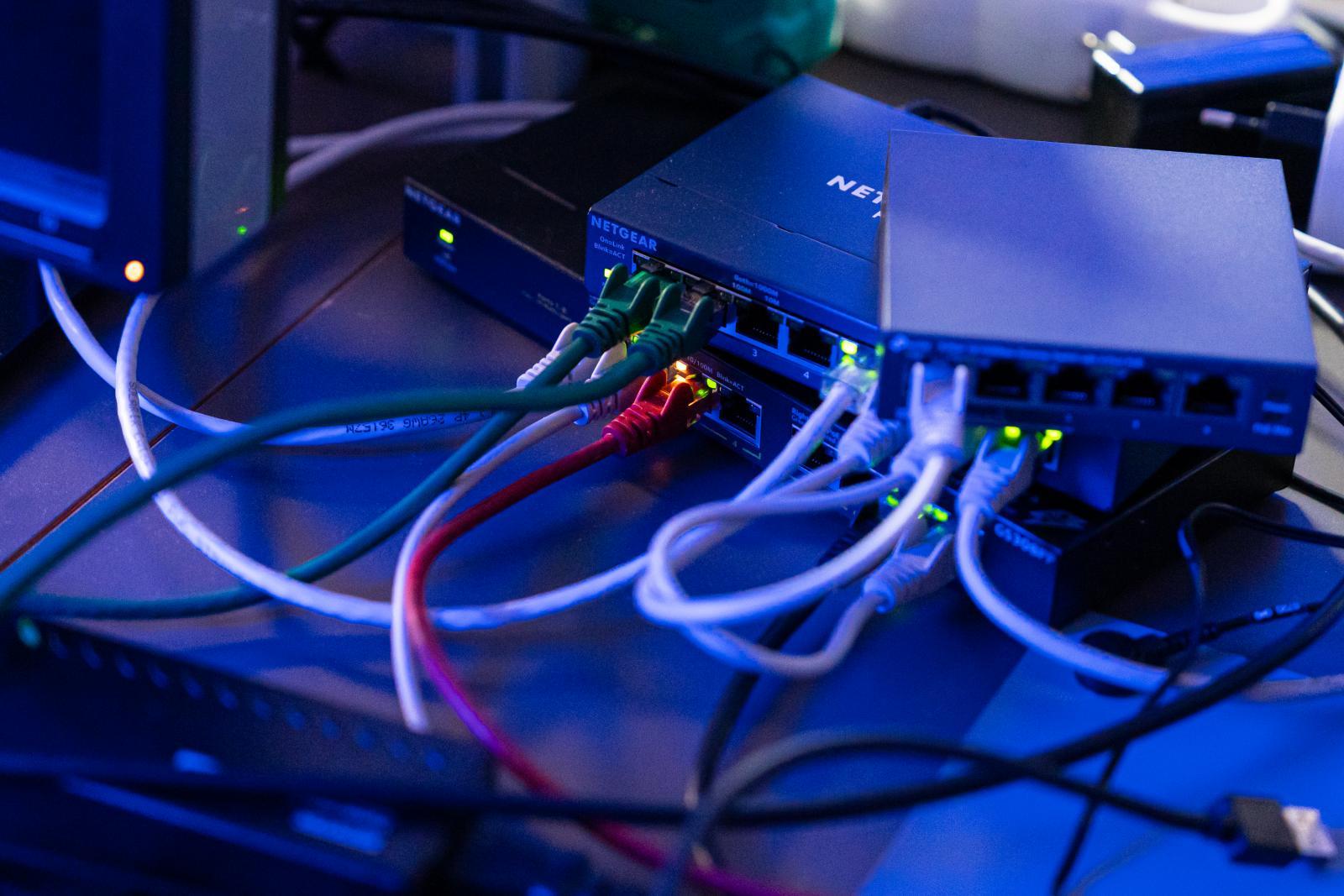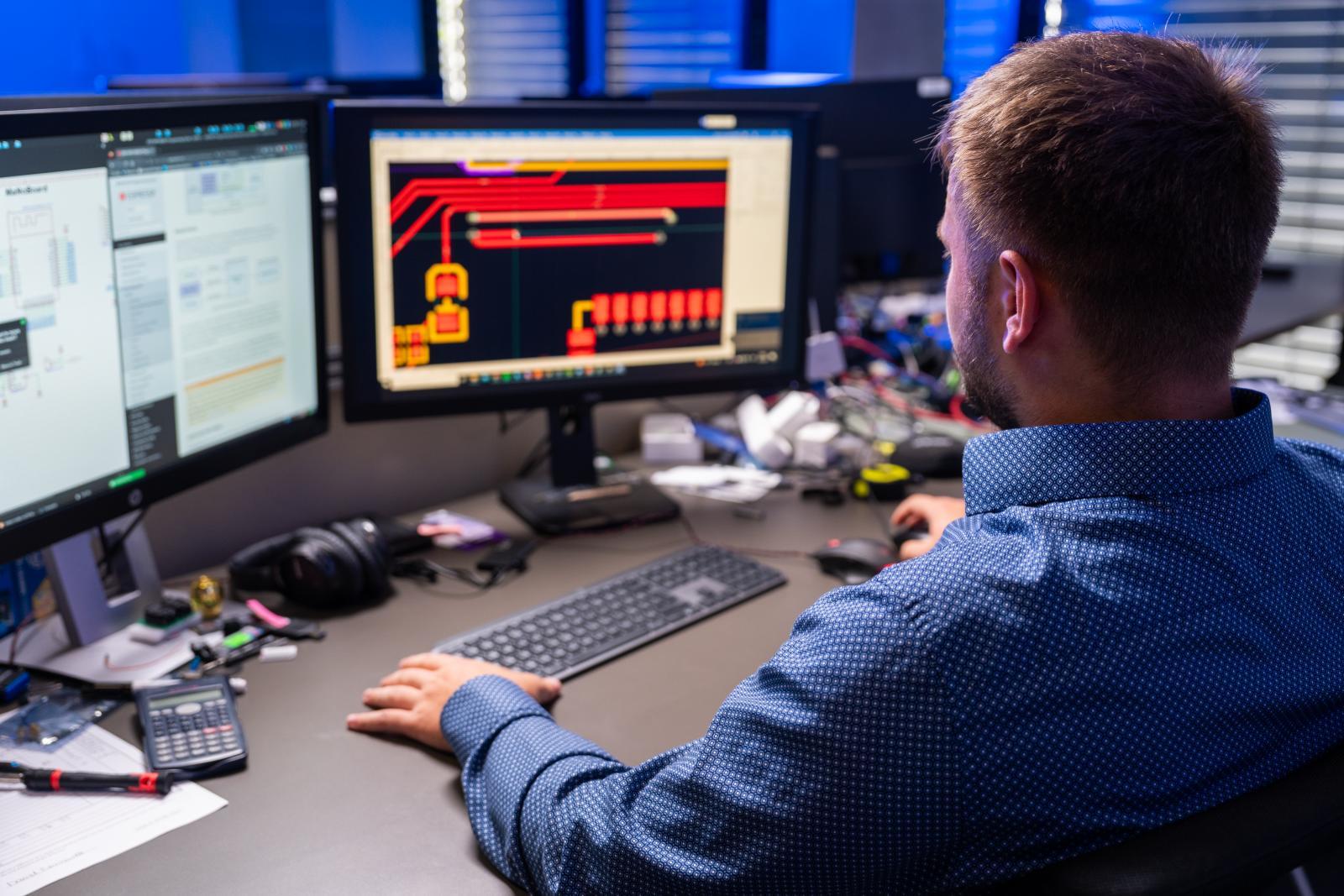People
Matús Nosko from FIT BUT came up with an original ecosystem for smart homes. His equipment sells by the dozens

Matúš Nosko from the FIT (Faculty of Information Technology) BUT (Brno University of Technology) focused on wireless sensor network in his bachelor thesis. The fact that he chose the topic of the Internet of Things was not a complete coincidence. During his bachelor's study, he started his own business in the field and developed a product that is now of interest to companies in several areas. According to him, it was the practical use of theoretical knowledge that was appreciated by the judges at the Excel@FIT competition, where he won the Prize of the Expert Panel and Industry Partners.
Matúš Nosko had already been developing a smart home product for a year before completing his bachelor's study. So when he was faced with the choice of a topic for his bachelor's thesis, he thought he would take the opportunity to look at the whole thing more scientifically. “I have focused on wireless sensor network with the hope of incorporating the results of my work and academic findings into a commercial product in the future. I have connected both worlds,” he confirms.
Specifically, Matúš Nosko is focuses on the development of a device that makes home appliances “smart”. “Simply put, our product is a box that connects to another box. In the final phase, it is then connected to systems such as smart home or smart garden,” Nosko continues: “At the moment we are controlling the pump motors with this through a device called a frequency converter. We have a partner from Slovakia who supplies us with frequency converters, and we use our product to connect them to the smart home system.”
Thanks to this, according to Matúš Nosek, it is possible to optimize the operation, save money and the planet and detect possible malfunctions. “The ultimate goal is for the user to have an overview of what's going on with their house. In this case, with his pump. He needs to know what the pressure is, whether there is a fault in the water system and whether, for example, there is a water leak,” Nosko says.
Another great advantage of his equipment is that service centres can connect to it. “They can detect a fault remotely. Alternatively, if they send an inexperienced technician to the house, for example, they only have to connect the pump to our equipment and the service centre can then assist them and tell them what to do,” says Matúš Nosko, adding that they only gradually discovered that they had chosen a relatively complex technology and that they probably cannot do without service technicians even in a smart home. “The pump is not easy for the average user to understand and operate. There's a lot of technical knowledge, physics. We therefore show users the basic functions. They can see if the pump is running, if everything is okay, what the pressure is. But they can't, for example, change the motor current,” he points out.
What is interesting about his solution is that it is not just about the device itself. Matúš Nosko has combined many existing and proven technologies together to create his own ecosystem in which this first product should be only one component in the future. “Even when I was writing my bachelor's thesis, I was thinking about continuing because this thesis set some foundation for the whole ecosystem. However, many problems and more advanced features are not solved there. For example, how devices across the network will be updated. In my thesis I want to develop the topic further. There's still a lot to deal with,” says the student, adding that he plans to do things like monitor his home solar power plant in the future.
They can't keep up due to high demand
According to Matúš Nosek, the fact that the product from Nosek's company MaNoSens is now used mainly for pumps is more of a coincidence. “It's a universal device, so we can swap out the firmware and use it elsewhere. We also have a lot of ideas and suggestions where we could use them, but at the moment we are so absorbed in our work with pumps that we can't keep up,” he says, adding that even now they are selling their boxes by the dozen. “Within a fortnight, several dozen devices were sold, and the gardening season is already over,” Nosko adds.
In the future, he plans to expand MaNoSens, which now consists of him as the main programmer, his brother who is in charge of administration and sales, and a friend who takes care of marketing. He would also like to establish cooperation with the faculty. “We are debating some options, but we will see how it turns out. But the faculty has helped us a lot in all of this. Our business was basically started by the Booster-Challenge@FIT competition. The organizers provided us with 3D printers and then helped us with the start-up of the company and advice, which we appreciate very much,” says Matúš Nosko, adding that his thanks also go to the company Cognitechna, which provided the FIT BUT with the space for the filming of the new university campaign, of which Nosko is a part.
(zeh)
Tomáš Dacík focuses on static analysis of programs. For his work he received the Brno Ph.D. Talent
Doctoral students in engineering study the behaviour of the circulatory system. Neural networks also help them
Sensorie greenhouse wants to make growing vegetables at home the norm. It offers smart solutions for year-round harvesting
ARGO underwater: Prototype of student submarine on display at IDET Fair
Women from BUT who move the world of science and technology

